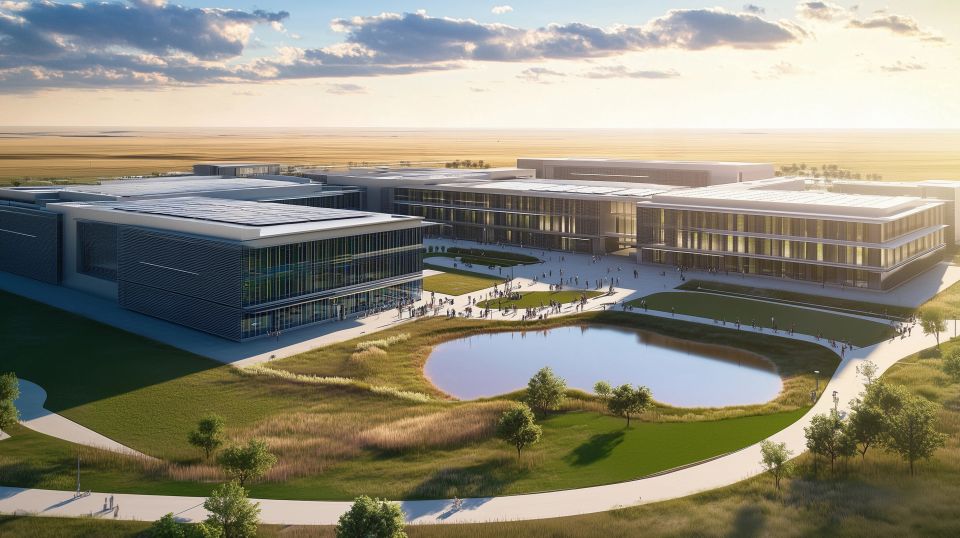Need a bigger nuclear workforce? Aiming for gender balance will help, says NEA

Deploying new reactors on the scale required to meet U.S. and international zero-carbon goals by 2050 will require rapid growth in the nuclear workforce, as American Nuclear Society executive director/chief executive officer Craig Piercy emphasized during his opening plenary address at the ANS Annual Meeting on June 12. Piercy pointed to the Department of Energy’s Pathways to Commercial Liftoff: Advanced Nuclear, which estimates that an additional 375,000 people will be required to construct and operate 200 GW of advanced nuclear reactors by 2050—a dramatic increase from about 100,000 today. Where will those engineers, constructors, and operators be found? The 38 nations of the Organisation for Economic Co-operation and Development agreed last week to a new recommendation from the OECD’s Nuclear Energy Agency (NEA) that points to one way to increase the nuclear workforce: increase the number of women participating in the workforce.









